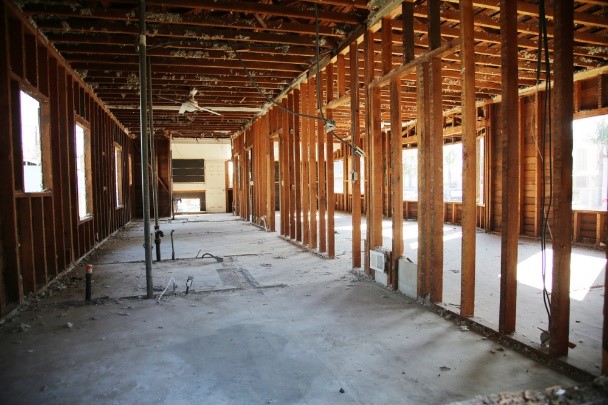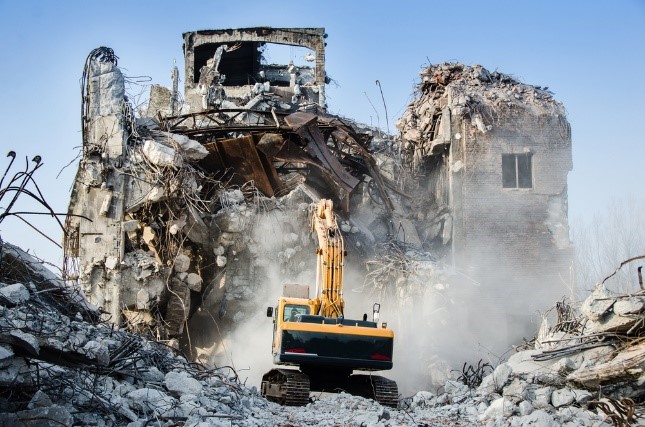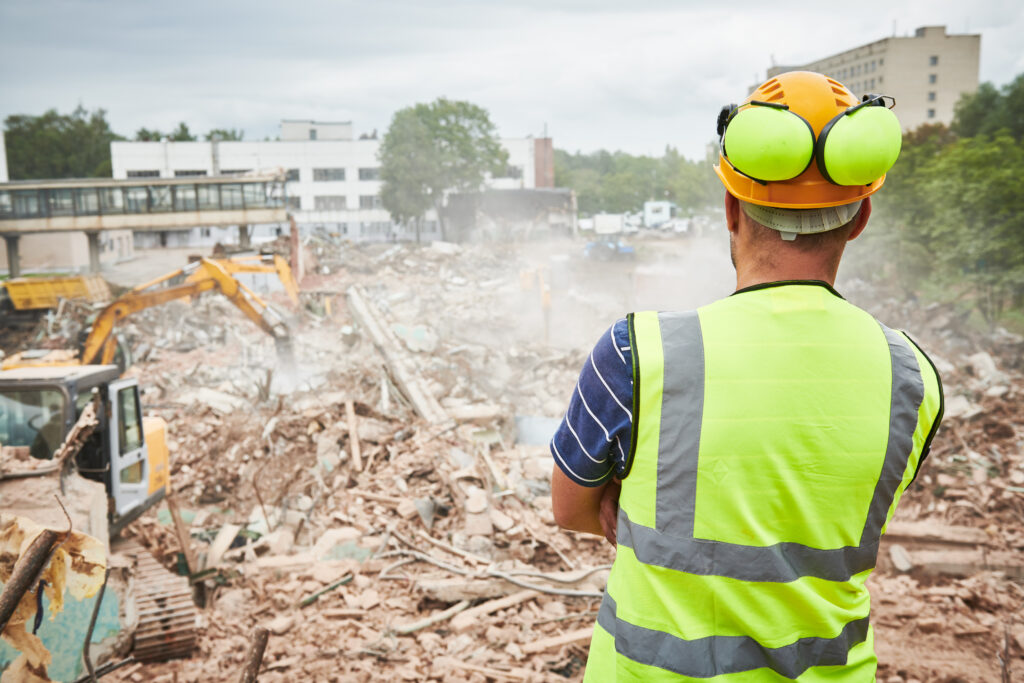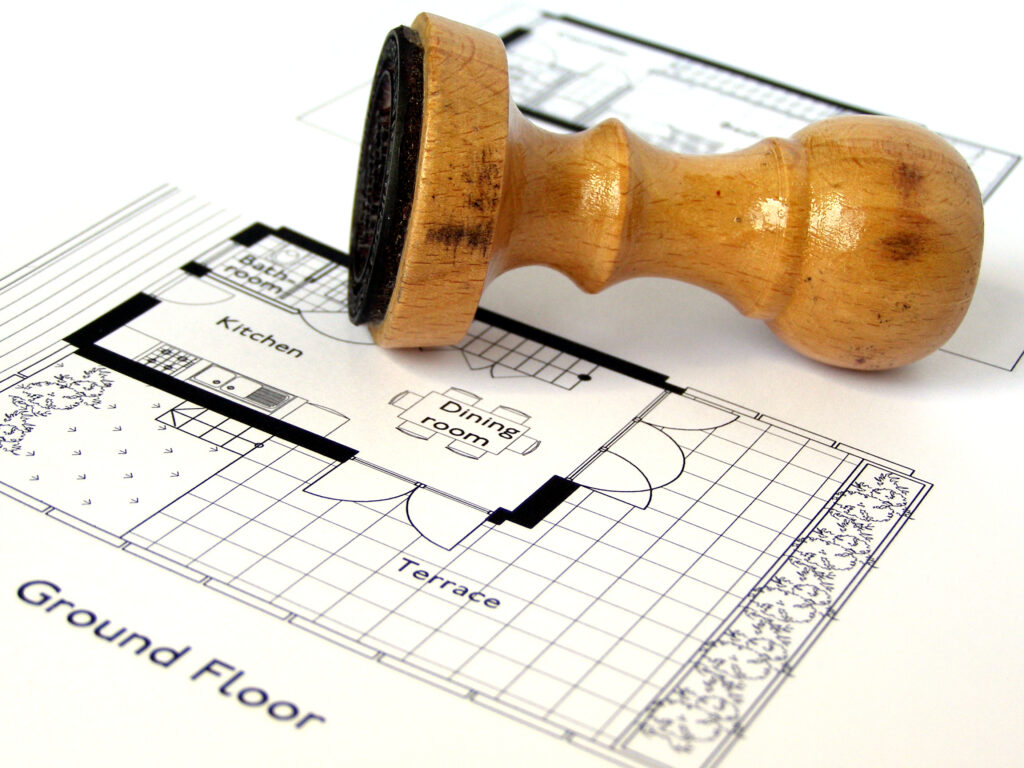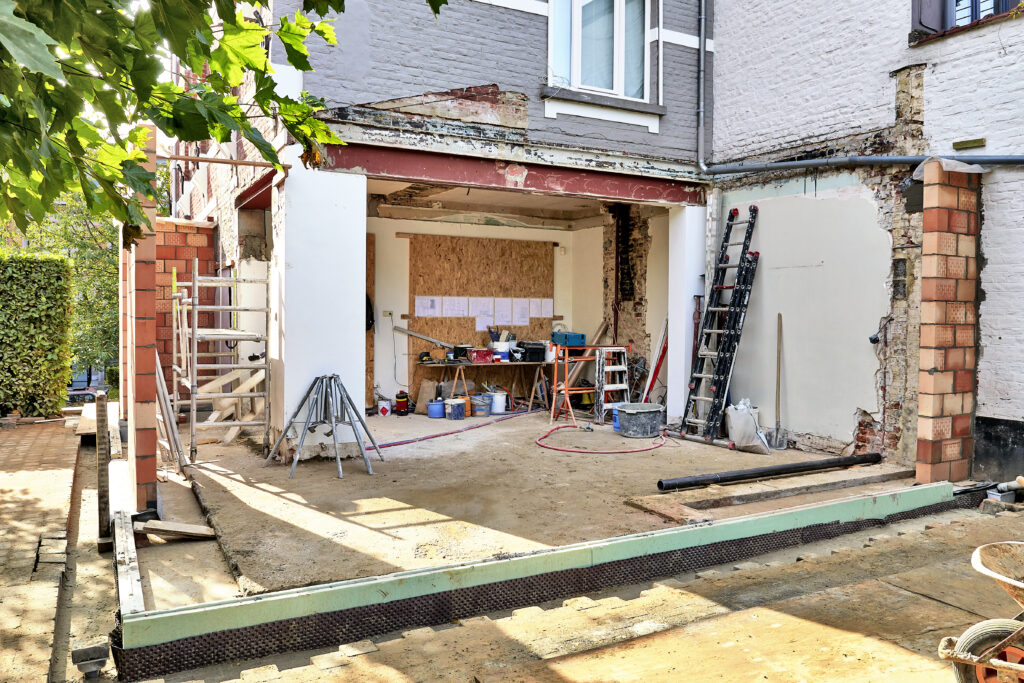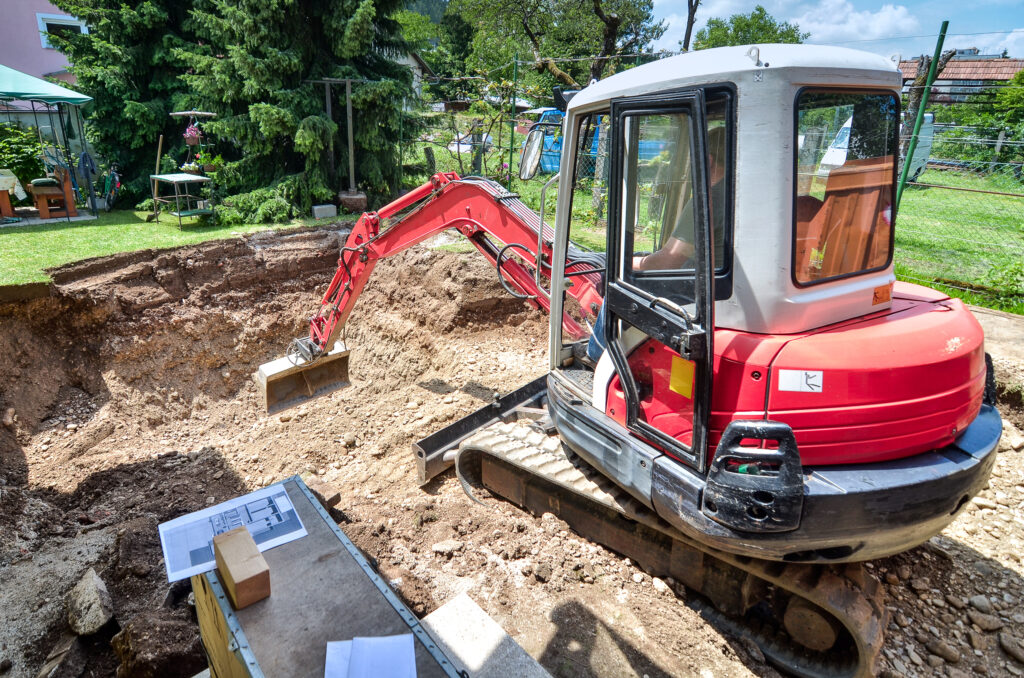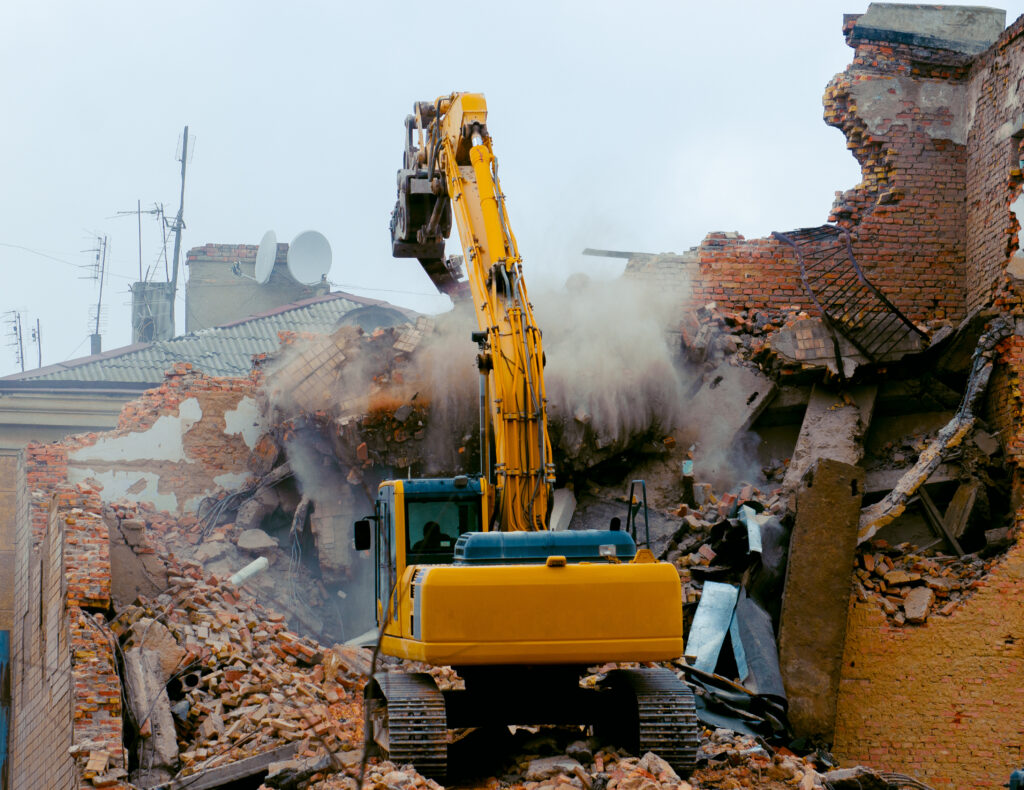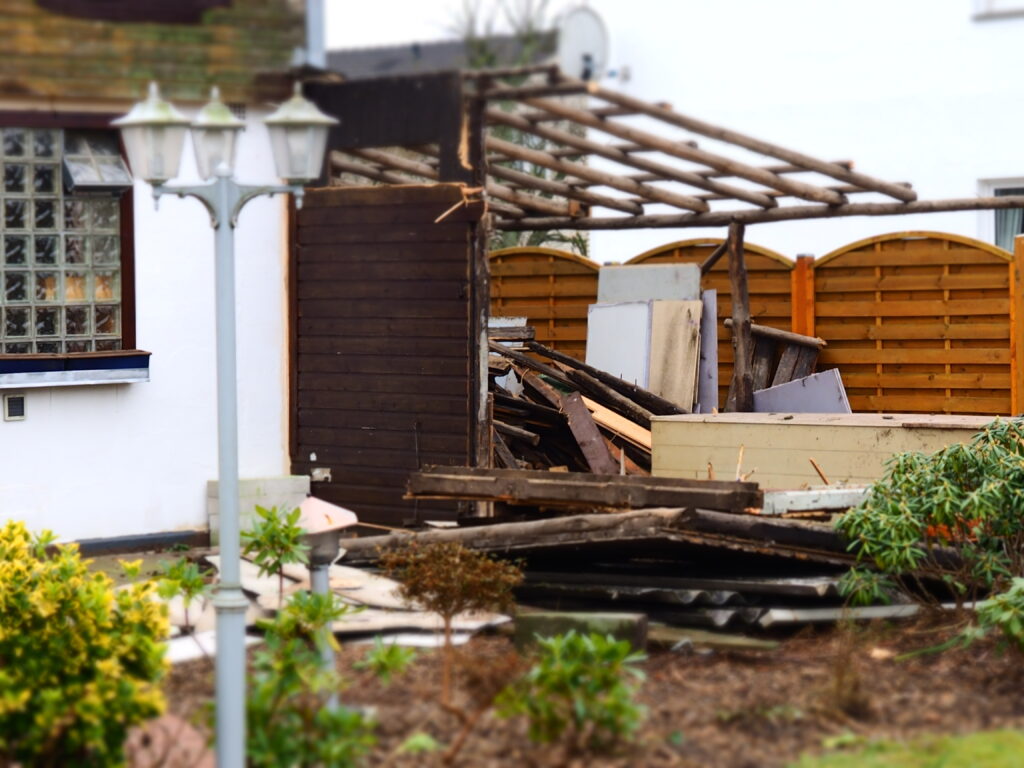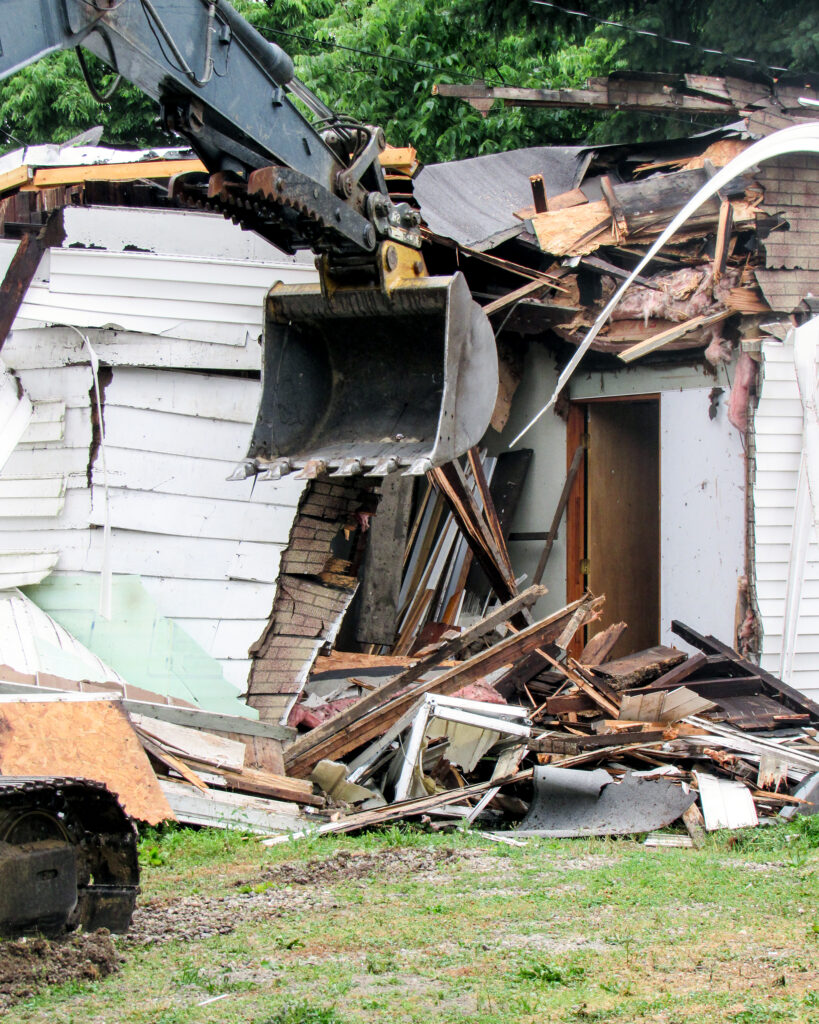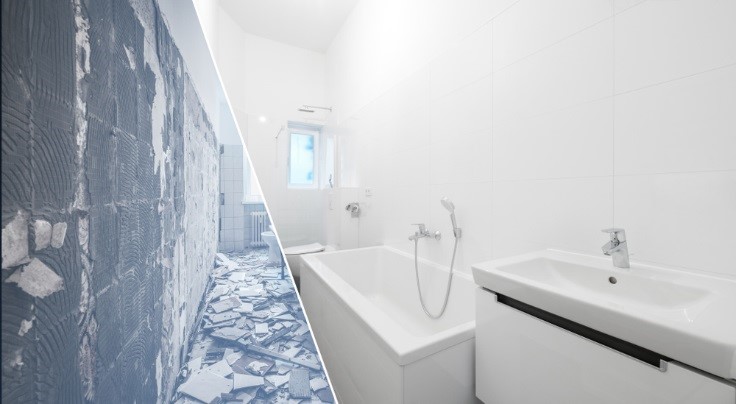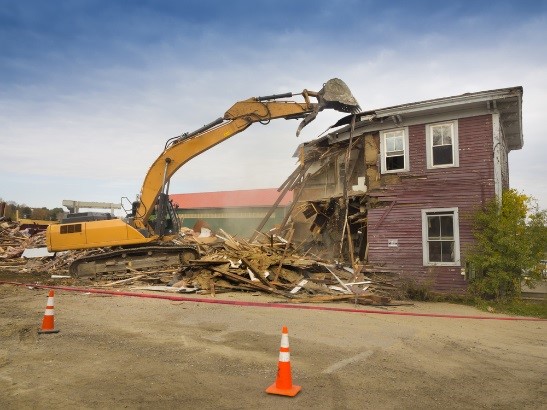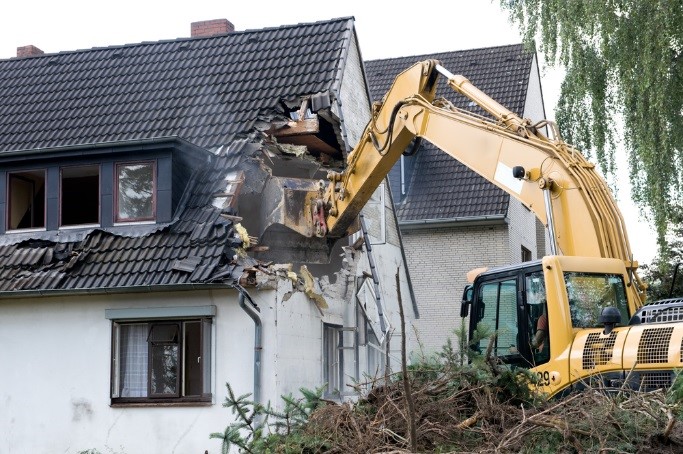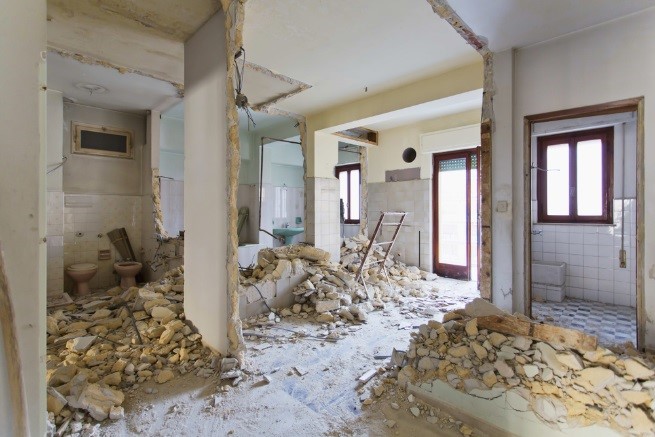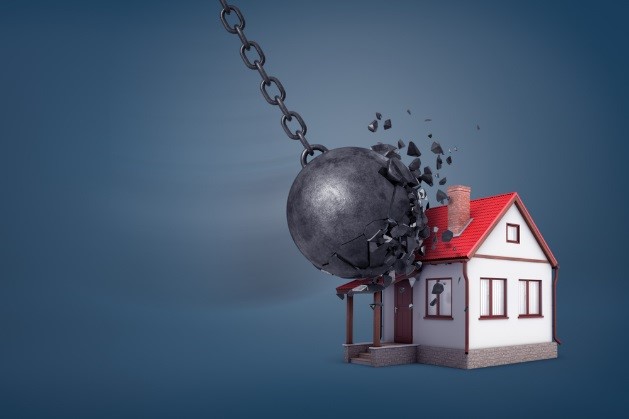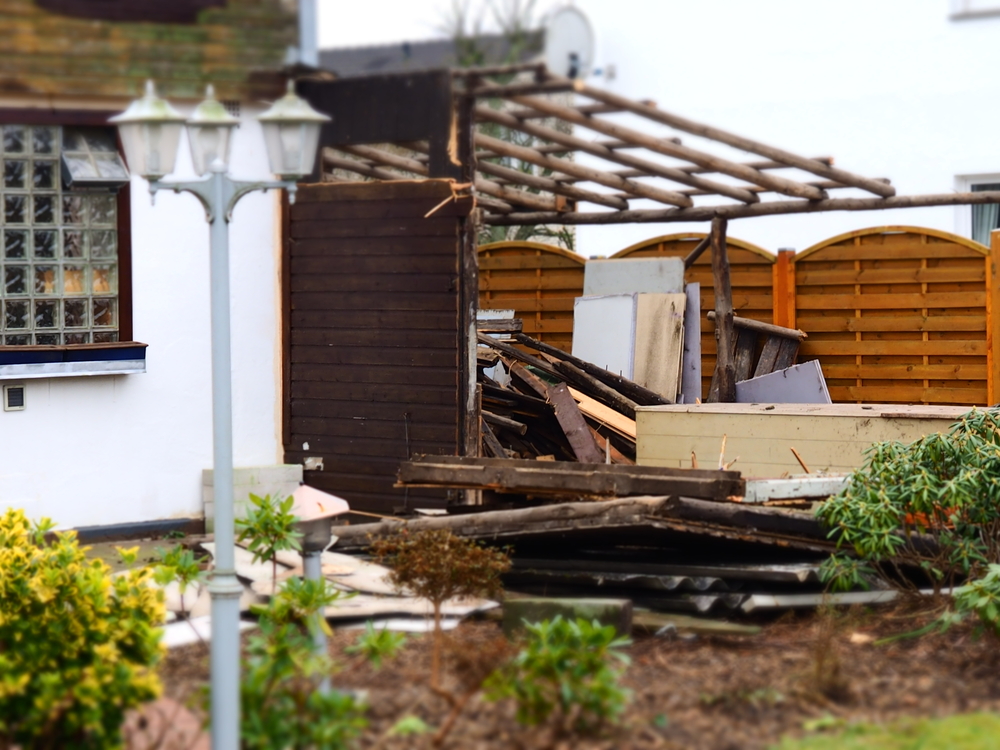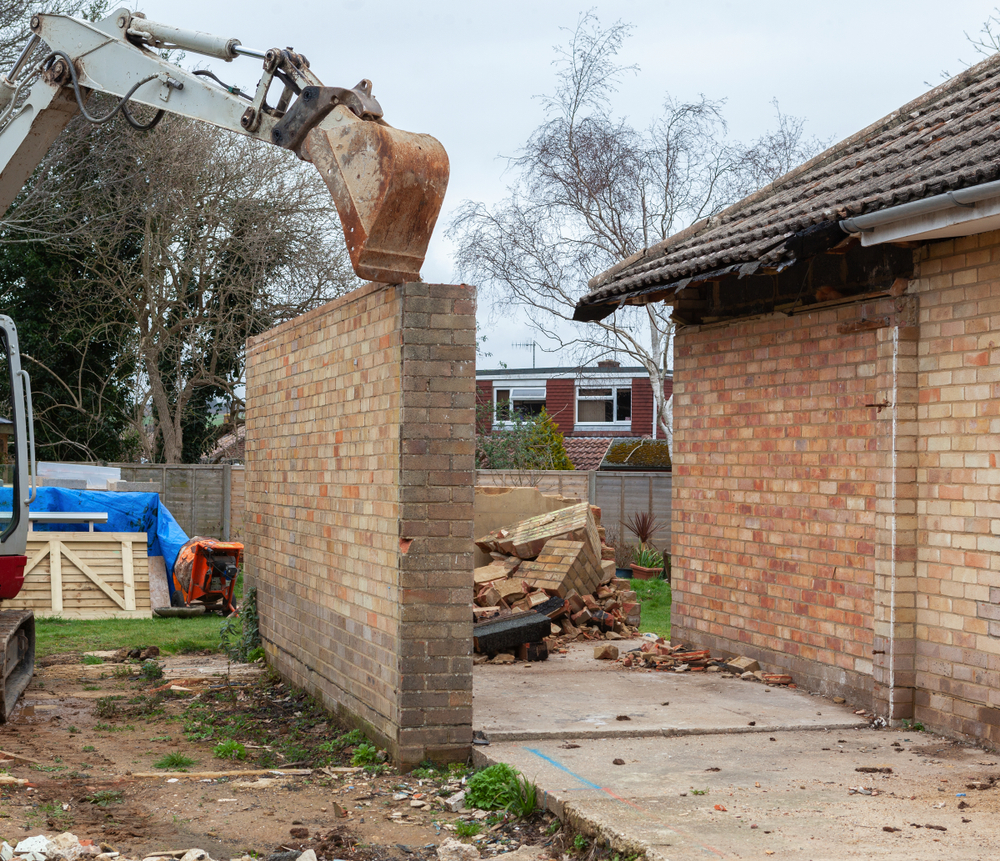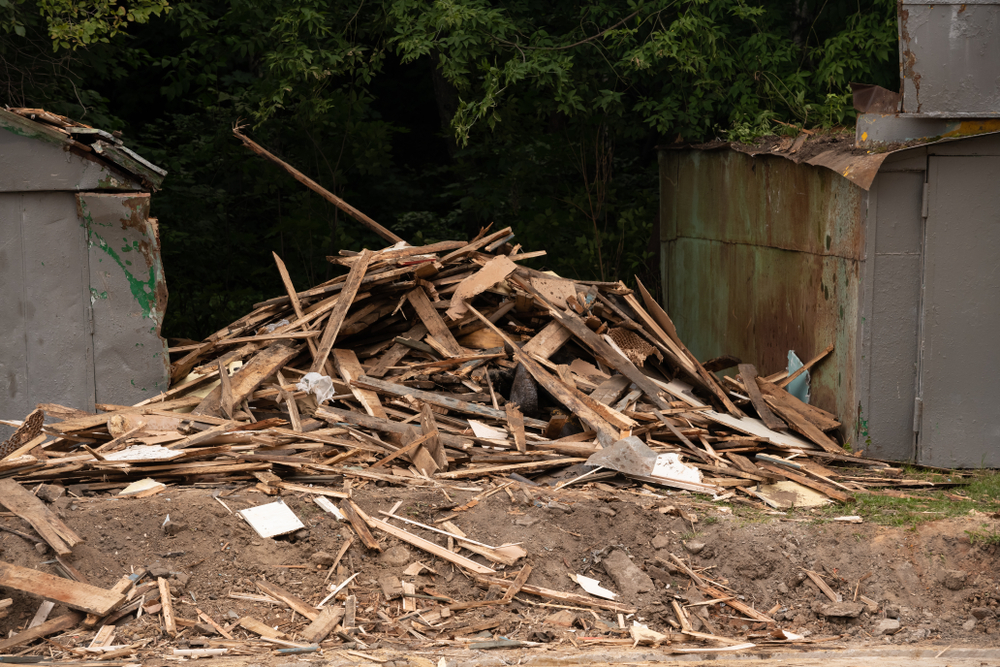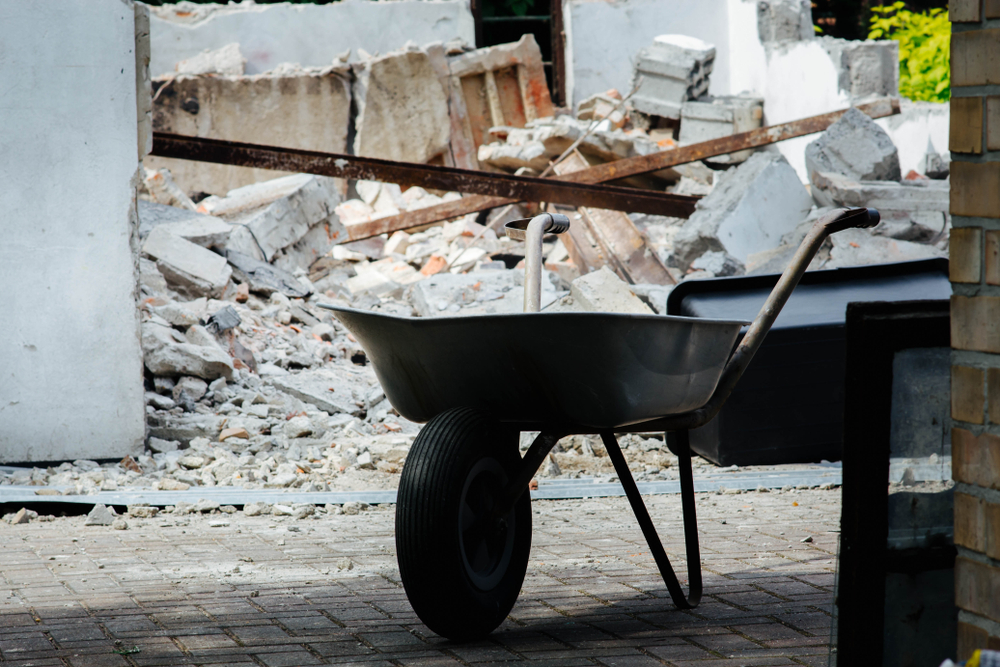When it comes to demolition, the goal is to get rid of a building or structure that is far too old and damaged or inhabitable due to fire and flood disasters, health concerns, and so on. However, for demolition projects that involve a partial or total removal of a structure to accommodate a new building, most materials can be salvaged as long as they aren’t too old or damaged. By properly stripping down a building for materials and components, it can greatly reduce waste from ending up in landfills. In this month’s blog, we will discuss steps on how to successfully salvage materials and make a demolition project more environmentally friendly.
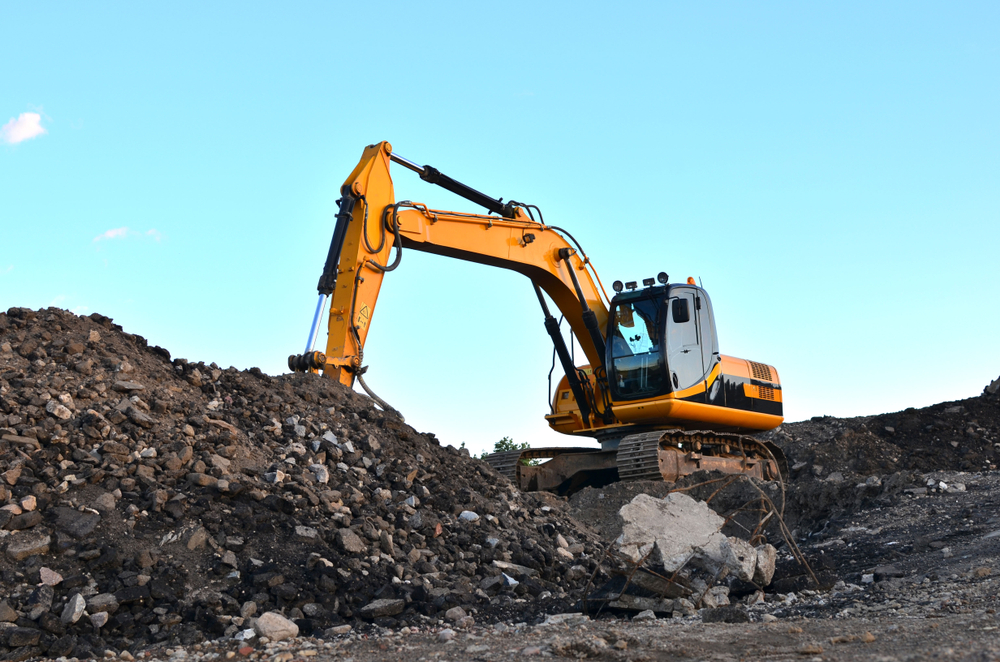
Identify Salvageable Materials
The first step is to identify any materials that can be sold or are recyclable and reusable. Most salvageable materials include:
- Timber
- Concrete
- Bricks
- Roof tiles
- Steel and metal parts
- Gravel and sand
- Plants and greenery
As long as these components are mostly intact and not damaged, they can be repurposed for a different project. For example, large pieces of timber can be cut down for smaller constructs. Scrapped wood can also be chipped and used as mulch. Another example would be reusing concrete to greatly minimize waste and prevent it from being dumped into landfills. It has great versatility and can be pulverized through processing equipment to a more refined state. It can then be used as an effective material for drainage systems, gravel driveways, and even new concrete. These are great environmentally friendly efforts that will help the overall reduction in production waste. After identifying and noting what materials are able to be saved, you can then begin focusing on inspection and planning out your demolition.
Full Inspection
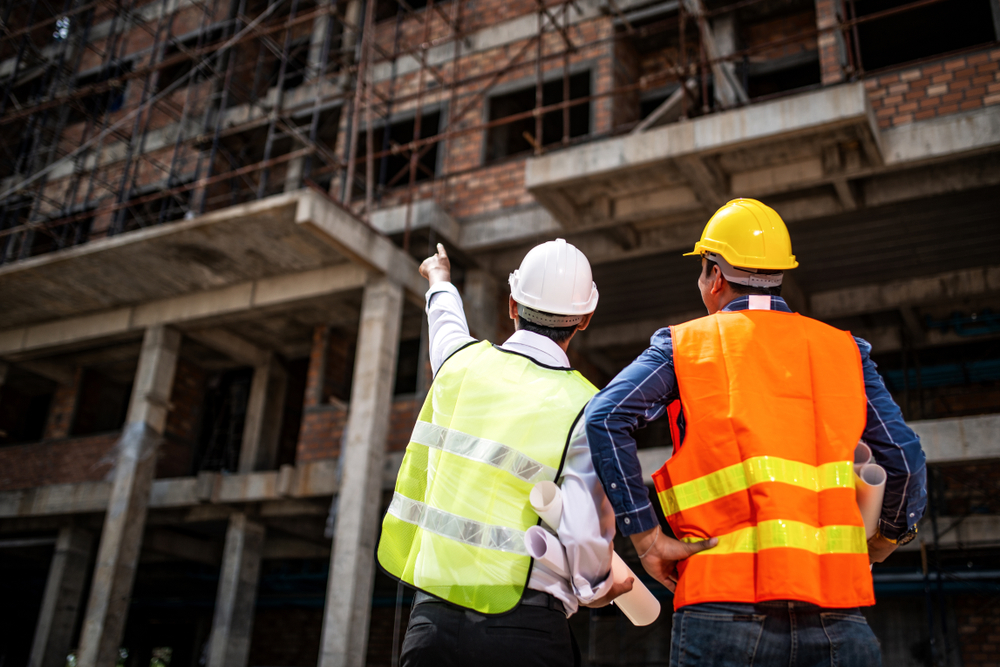
Before executing any demolition plans, make sure to do a full and thorough inspection around the job site. During this evaluation, you can let your team know which parts and material components can be salvaged. Even though not everything can be saved, this is a good opportunity to try to salvage as much as possible and plan your demolition around it.
Deconstruction before Demolition
Orchestrating a deconstruction tear down in applicable areas will make salvaging materials much easier while keeping them intact. This includes plumbing fixtures, tiles, large pieces of lumber, and metal. Not only will this reduce waste but it can also save money if you end up reselling these materials for reuse. Even though deconstruction may take longer, it is more environmentally friendly because it reduces the amount of dust and debris released. After you and your team have successfully deconstructed and salvaged as much as possible, you can proceed with demolishing areas that are unsalvageable.
If you are unable to deconstruct due to time restraints, demolishing buildings in sections instead of all at once will help prevent the salvageable materials from being completely destroyed.
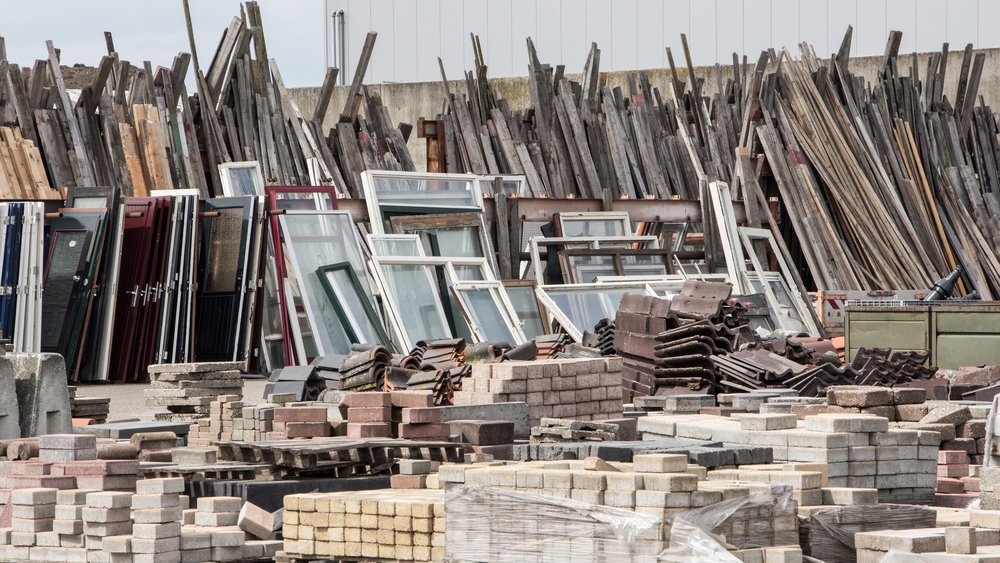
Reuse and Recycle
After deconstructing and demolishing, your materials should be sorted out. The more organized you are in sorting will make it easier to handle and transport the materials towards the end of the project. Remember to properly store your materials to prevent damage and deterioration. For example, it’s beneficial to protect them from the rain so you can prevent wood from rotting and metal from rusting.
Try to reuse what you can or resell it to an organization that can make use of it in another project. If any of the resources can’t be reused, recycling them is always a great option that works for most materials, such as wood, metal, brick, plastic, and much more. We should always be conscious on what we can do to help reduce waste from entering and destroying our environment. Not to mention, putting effort into salvaging materials is a good money-saving method where you can profit from reselling and not spending money on transporting and getting rid of the waste.
Conclusion
When you want a reliable demolition service, it’s best to put your trust in a company that has an amazing track record of getting things done in an efficient manner. At Morgan Services Group, we specialize in residential and commercial demolition as well as both interior and exterior demolition. We also have the necessary manpower and equipment needed for any excavation services. Learn more by visiting our website or contacting us at 1-855-800-DEMO (3366).



